The Orangutan is not just your typical monkey swinging from tree to tree behind Tarzan. The orangutan is one of the great ape species. This means they are large, strong and smart. These large apes can be found in Indonesia and Malaysia as they are native to these countries. Orangutans are currently only found in the rain forests of Borneo and Sumatra But of course as with any other animal, they are caught and shipped to many other countries whether it be in zoos or for personal use. There are three species of Orangutan, the Sumatran Orangutan, Tapanuli and the Bornean Orangutan. Let’s explore these species a bit.
Orangutan Species
- These apes are found on the island of Sumatra. The Sumatran Orangutan have slight differences in appearance compared to their Bornean counterparts. They have slightly smaller with narrower faces, slightly lighter color, slightly longer hair and the dominant male Sumatran Orangutan has bigger cheek pads than that of the Bornean. There is little difference in behavior as it relates to both species of Orangutans, depending on survival instincts, for example the Sumatran will spend more time in trees hiding from predators such as the Sumatran Tiger.
Tapanuli Orangutan
- The Tapanuli orangutan is a species of orangutan restricted to South Tapanuli in the island of Sumatra in Indonesia. It is one of three known species of orangutan, alongside the Sumatran orangutan, found farther northwest on the island, and Bornean orangutan. It was described as a distinct species in 2017
Bornean Orangutan
- These great apes are found on the Island of Bornea. Borneo is the third-largest island in the world and the largest in Asia. At the geographic center of Maritime Southeast Asia, in relation to major Indonesian islands. The Bornean Orangutan has little differences to the Sumatran Orangutan other than what was mentioned. The Bornean Orangutan has a lifespan of about 30 -45 years in wild and may live a bit longer in captivation (zoos) The male weighs in at around 50-100 Kg while the female is much smaller at 30 to 50 kg. Males are about 1.4 meter tall while females are 120 cm.
Orangutan Temperament
Bornean orangutan are more solitary than their Sumatran relatives. Although orangutans are not territorial, adult males will display threatening behaviors upon meeting other males, and only socialize with females to mate. Males are considered the most solitary of the orangutans. The Orangutan is large, but in general they are quite gentle. Orangutans will attack when felt threatened and their tremendous strength makes them dangerous.
Orangutan Gestation Period
What Orangutans Eat
Orangutan Threat and Endangerment
Orangutans takes mostly to the trees to avoid predators such as Tigers and Leopards which hunt and feast on them. The Orangutan is also a delicacy for large snakes which may sometime infiltrate the trees and snatch an Orangutan. The Sumatran Orangutan biggest threat was the Sumatran Tiger. But not many Sumatran Tigers exist today and as such man has moved up and taken the place of the tiger. Humans have hunted the Orangutan killing parents, capturing the young Orangutans which they will sell as pets in the black market exotic pet trade.
Orangutan For Sale As Pet
Great apes are susceptible to a wide range of diseases, including Ebola, polio-like diseases and mange , measles and scabies , influenza, tuberculosis and various respiratory diseases. Baby Orangutans captured to be sold as pets may also have these diseases. This is why it is dangerous to buy the orangutan as a pet.
Orangutan Conservation Projects
Orangutan conservation efforts are drastically needed to help provide this species of Great Ape with a future for years to come. Endemic to only Borneo and Sumatra, the orangutans are only found in the ever-depleting rainforests of the two islands and at a number of orangutan sanctuaries scattered. You may wonder what you can do to change the lives of these amazing animals, but the answer is simple. Joining an orangutan conservation project gives you the chance to help ensure a future for the apes, and without the help of dedicated volunteers, it is unlikely that the “man of the forest” will be around for much longer.
If you are considering venturing out to help the orangutans in their Bornean home, then here at The Great Projects we are happy to be able to offer you the chance to do that on some of our amazing orangutan conservation programs. It will be a holiday you'll never forget, so what are you waiting for?
For More Information Dial
+44 (0) 208-885-4987 or Visit
https://www.thegreatprojects.com/orangutan-conservation
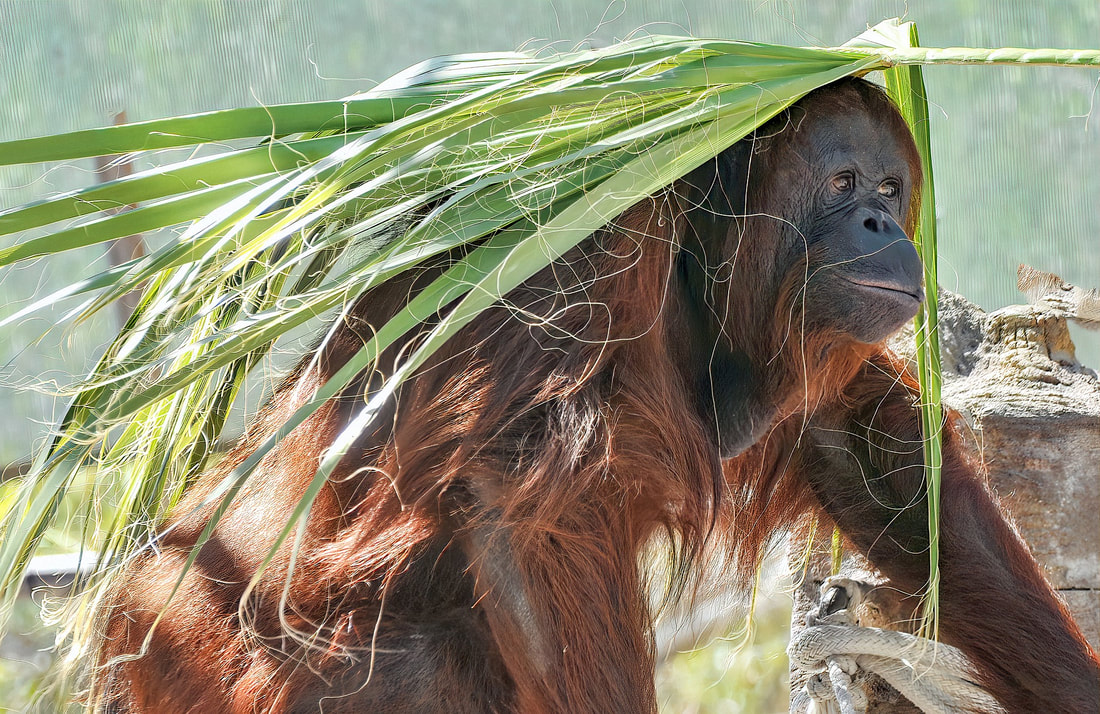
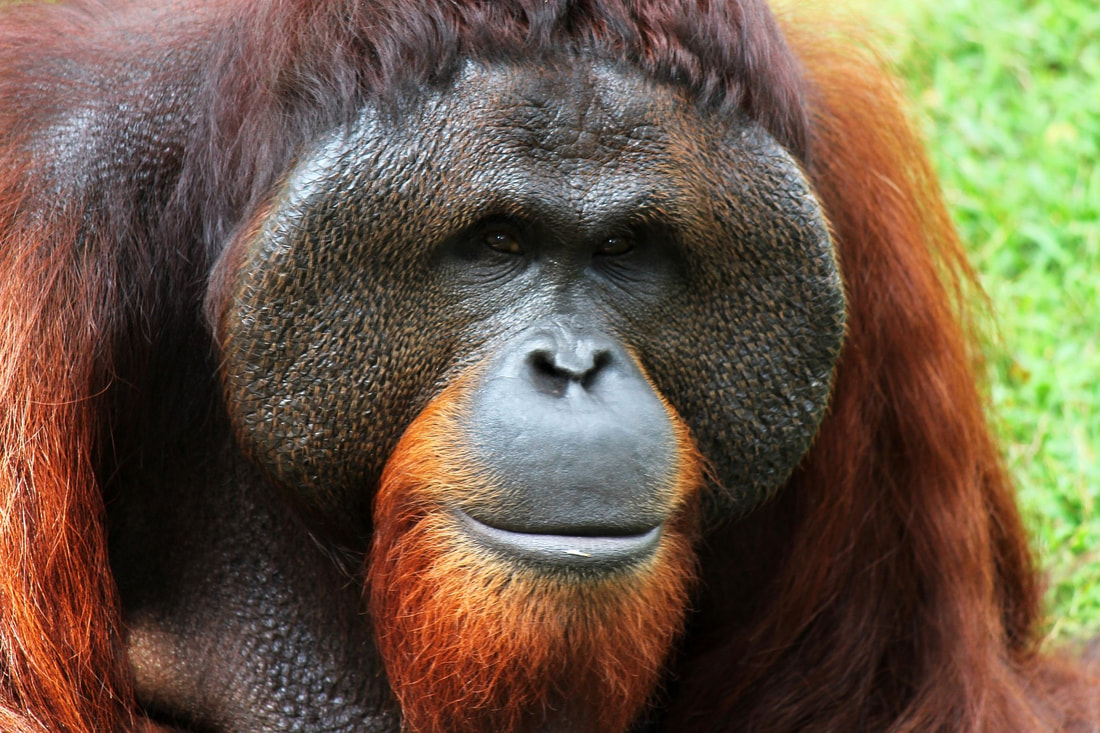
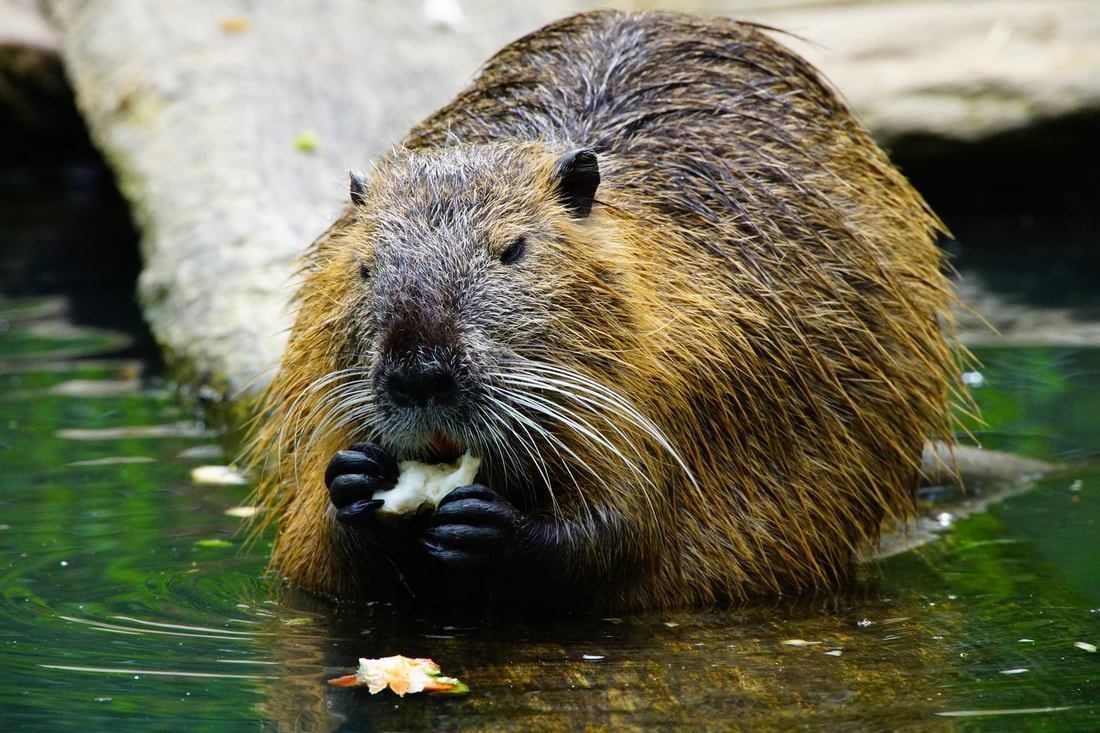
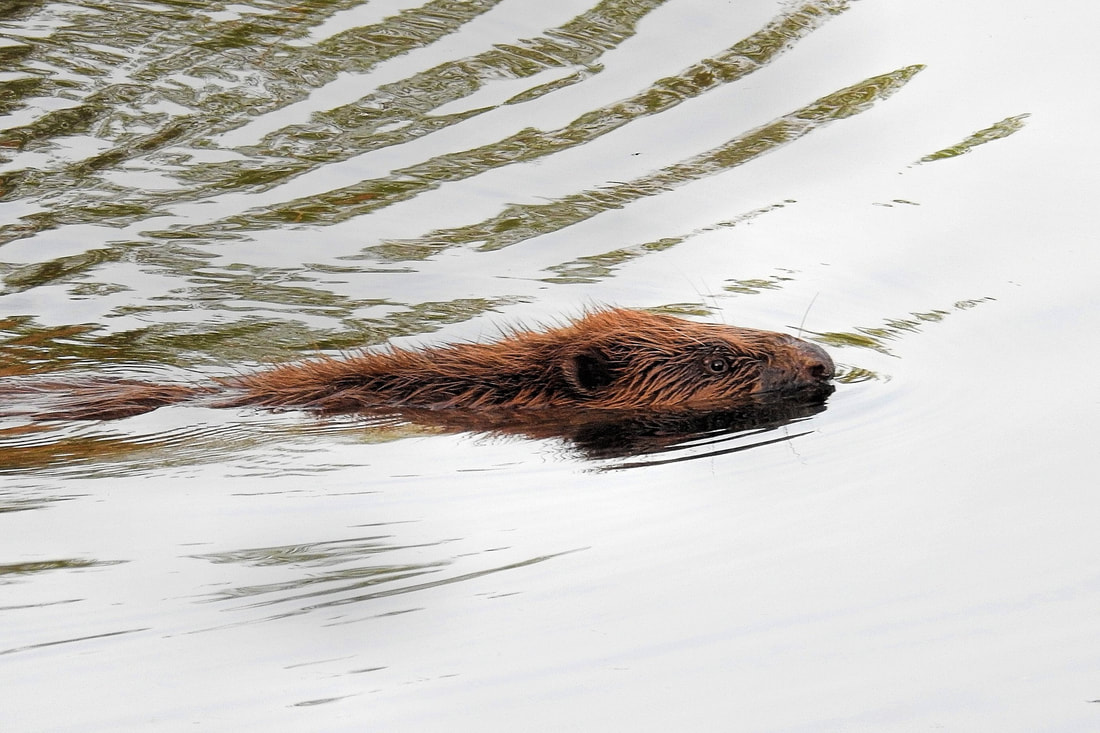
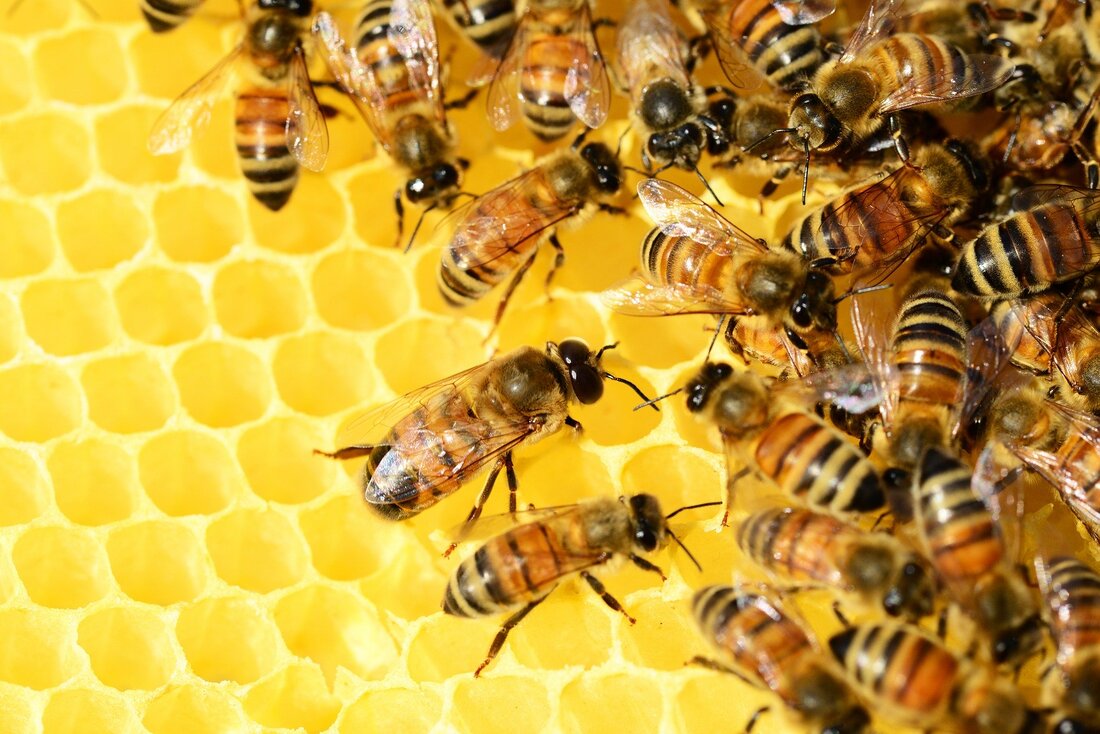

 RSS Feed
RSS Feed
